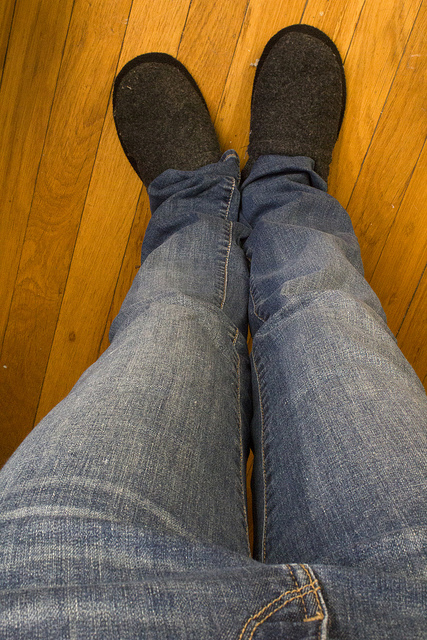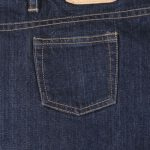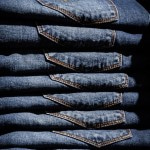Jeans come in wide variety of different styles, ranging from slim fit and “skinny” to loose, low-rise and more. Although they may seem similar from afar, each of these styles has its own unique characteristics. While most people are familiar with the styles previously mentioned, one style that’s often confusing is stone wash. In this post we’re going to take a closer look at stone wash denim, revealing how it’s created why it remains such a popular choice among men and women.
Stone Washing Defined
The term “stone washing” refers to the manufacturing process of making denim (or other fabrics) softer and more flexible. As the name suggests, it involves the use of real stones to roughen up the fabric during the production and post-production stages. The stones are used to beat the fabric, making it softer and more comfortable. Denim companies may have their own stone washing techniques, but nearly all of them involve the use of stones. The obvious benefit of wearing stone washed jeans is the simple fact that they are softer and more comfortable. After the stones have beat the denim, it becomes softer and less rough.
History of Stone Washing
Surprisingly, no one knows when stone washing was invented. The multinational denim company Levi Strauss claims that Donald Freeland, a worker at the Great Western Garment Company, invented the technique back in the 1950s. However, other historians credit Claude Blankiet for inventing stone washing. Regardless of who invented it, it’s safe to say that stone washing is here to stay.
In addition to their soft texture, stone washed jeans also exhibit a faded color that’s often preferred over darker indigo colors. According to Wikipedia, stone washed jeans are either made by washing the denim with pumice stones in a rotating drum, or they are made by using chemicals to mimic the appearance and characteristics of stone washing without the pumice stones or rotating drum. It’s believed that importing pumice stones from Greece and Turkey became too expensive for denim companies operating here in the U.S. to operate, so they funded their own mining operations. Now there are pumice stone mines in California, Arizona and New Mexico, which are used for stone washing.
What are your thoughts on stone washed jeans? Love ’em or hate ’em?











